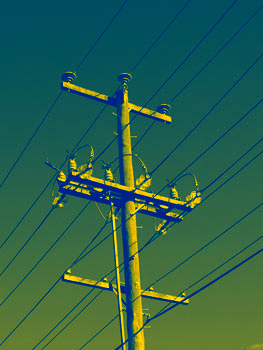Authority works on new trades
 The AEMC says it is still working to let large customers trade their energy use more easily.
The AEMC says it is still working to let large customers trade their energy use more easily.
The Australian Energy Market Commission (AEMC) ‘demand response’ energy market reform is on-track despite the COVID-19 pandemic, the authority says.
“We have considered requests to delay this reform, but we think the case for pressing forward is strongest because acting now will help keep the power system reliable and secure ahead of the 2021/22 summer,” said AEMC Chief Executive Benn Barr.
“Despite COVID, we still need to keep prices down, keep the market working efficiently and work to lower emissions in the energy sector.”
Along with the other energy market bodies – the Australian Energy Regulator (AER) and the Australian Energy Market Operator (AEMO) – the AEMC is looking to strike the right balance between easing regulatory pressures on market participants while insulating important work on the power system.
This reform – called ‘the wholesale demand response mechanism’ – encourages large customers to reduce their electricity consumption in the short-term in response to wholesale market price signals.
It works by scheduling this demand into the market in the same way an electricity generator’s supply would be scheduled in. It should mean that not using electricity attracts a market value and creates another tool to help balance energy supply and demand.
It is potentially a much cheaper way to address sudden spikes in demand than sources of peaking generation such as gas or pumped hydro. In effect, it is an affordable new tool for managing energy security and reliability.
It is also a stepping-stone to Australia achieving a two-sided energy market – where all consumers (large and small) would be able to fully participate by actively trading their energy use as a valuable commodity, AEMC says.
“We are taking a sensible, stepped approach to a two-sided market by first allowing larger energy users to routinely trade their energy use in the wholesale market,” Mr Barr said.
“Once the two-sided market is up and running, we can retire this wholesale demand response mechanism because it will no longer be needed.
“But taking a stepped approach to consumer participation in the market is cheaper, more practical and safer for households and businesses. If we applied the change to both large and small consumers at once it would involve significant, complex and costly system changes that would end up on household bills.
“Small and large energy users respond differently so it’s more practical – and quicker – to start with the group whose demand is easiest to predict. We can also use this experience to learn valuable lessons about dispatching electricity in this new way.”







 Print
Print